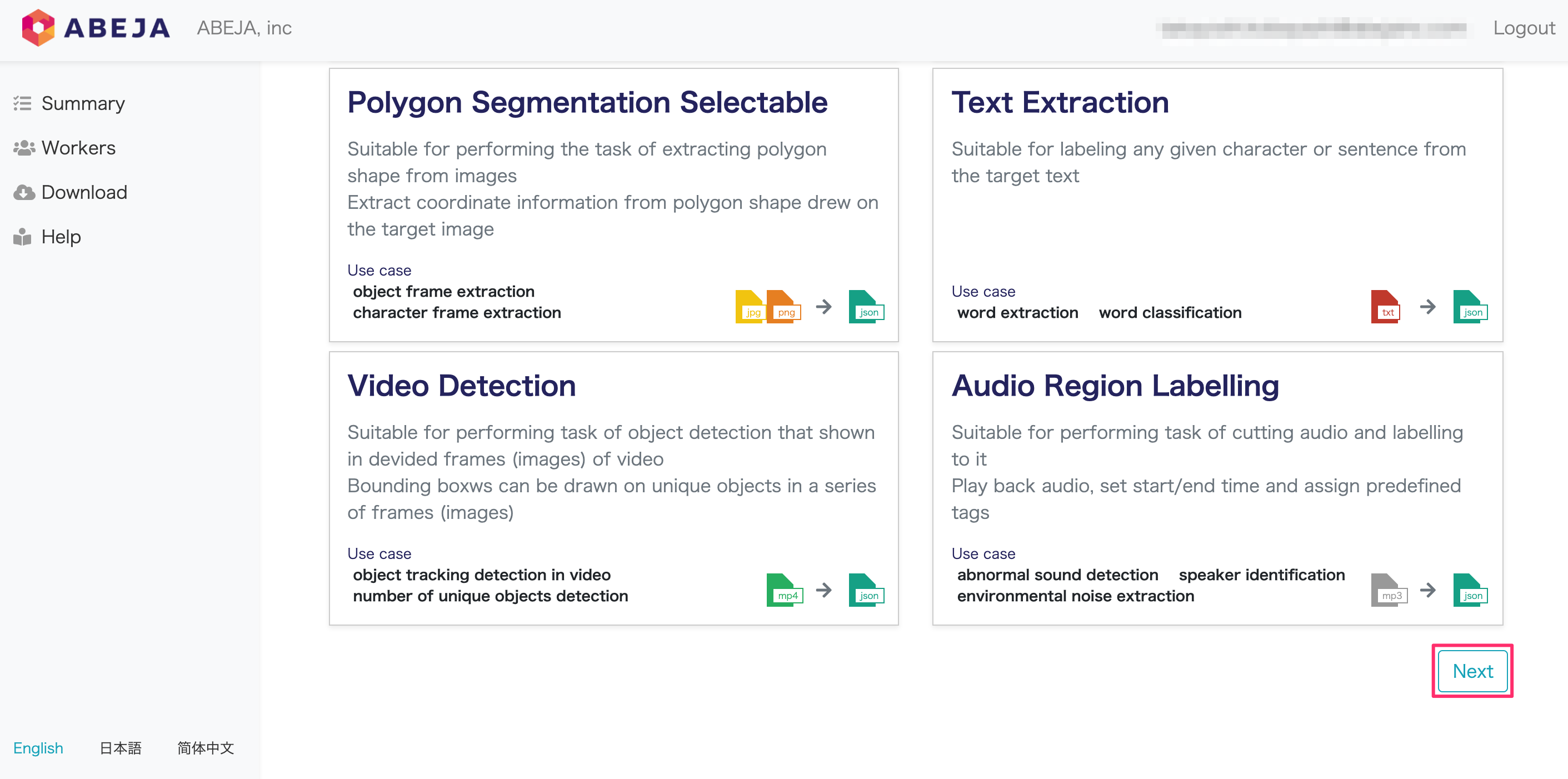
When pressing space, the user can flag the image as verified, a green background will appear. | ↑→↓← | Keyboard arrows to move selected rect box | | Space | Flag the current image as verified | | Ctrl + Shift + d | Delete the current image | | Ctrl + d | Copy the current label and rect box | | Ctrl + r | Change the default annotation target dir | | Ctrl + u | Load all of the images from a directory | When saving as YOLO format, "difficult" flag is discarded. You shouldn't use "default class" function when saving to YOLO format, it will not be referred. When you save an image, classes.txt will also get updated, while previous annotations will not be updated. Your label list shall not change in the middle of processing a list of images. "classes.txt" defines the list of class names that your YOLO label refers to. A file named "classes.txt" is saved to that folder too. When finished with a single image, click save.Ī txt file of YOLO format will be saved in the same folder as your image with same name. You may use Open/OpenDIR to process single or multiple images.

Right below "Save" button in the toolbar, click "PascalVOC" button to switch to YOLO format.Ĥ. Build and launch using the instructions above.ģ. In ``data/predefined_classes.txt`` define the list of classes that will be used for your training.Ģ. You can refer to the below hotkeys to speed up your workflow.ġ. The annotation will be saved to the folder you specify. You can use right mouse to drag the rect box to copy or move it Click and release left mouse to select a region to annotate the rectĦ. Click 'Change default saved annotation folder' in Menu/Fileĥ. Build and launch using the instructions above.Ģ. You can pull the image which has all of the installed and required dependencies. volume="/etc/sudoers.d:/etc/sudoers.d:ro" \ Pyrcc5 -o libs/resources.py resources.qrc Open the Anaconda Prompt and go to the `labelImg `_ directory
#Image annotation tool install#
Python labelImg.py ĭownload and install `Anaconda `_ (Python 3+) Pyrcc4 -o libs/resources.py resources.qrcįor pyqt5, pyrcc5 -o libs/resources.py resources.qrc Open cmd and go to the `labelImg `_ directory You can consider using the script: build-tools/build-for-macos.sh app file with a new SVG Icon in your /Applications folder. rm -rf build dist python setup.py py2app -A mv "dist/labelImg.app" /Applications Virtualenv can avoid a lot of the QT / Python version issues Pip3 install pyqt5 lxml # Install qt and lxml by pip Python3 labelImg.py īrew install qt # Install qt-5.x.x by Homebrew Sudo pip3 install -r requirements/requirements-linux-python3.txt Linux/Ubuntu/Mac requires at least `Pythonģ or above `_ and `PyQt5 `_ are strongly recommended. This is the simplest (one-command) install method on modern Linux distributions such as Ubuntu and Fedora. Get from PyPI but only python3.0 or above Besides, it also supports YOLO and CreateML formats. It is written in Python and uses Qt for its graphical interface.Īnnotations are saved as XML files in PASCAL VOC format, the format usedīy `ImageNet `_.

LabelImg is a graphical image annotation tool.


 0 kommentar(er)
0 kommentar(er)
